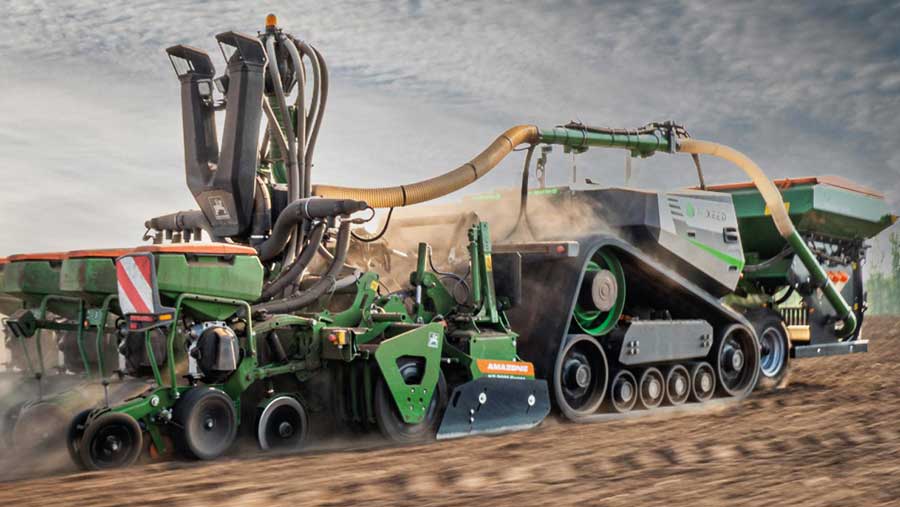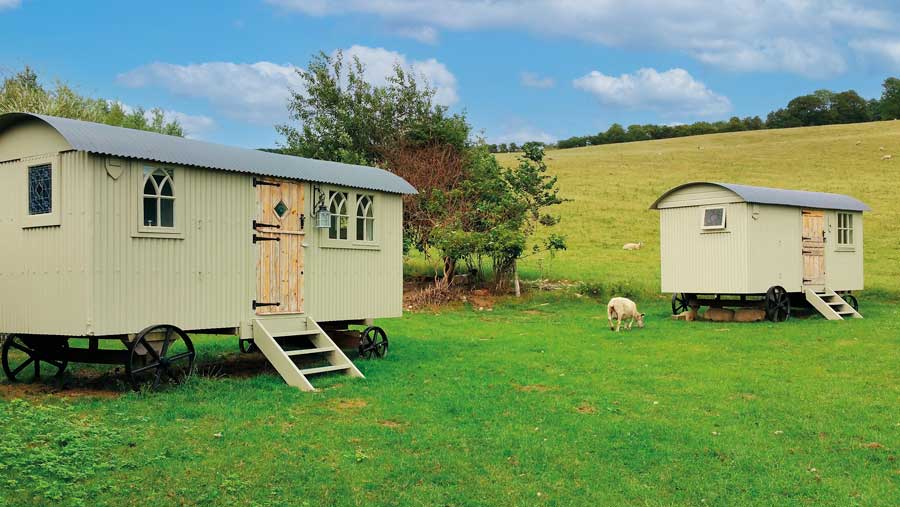Advertiser content
How to manage repayments now interest rates bite
Provided by
RURAL ASSET FINANCE is a specialist direct lender to British rural businesses, helping them fund, diversify and future-proof their farm-based business.
Our team’s decades of individual farming knowledge and experience means we truly understand the challenges and the choices farmers face in the post-EU landscape.
We support them to move forward with confidence, building a future sustainable for years to come. From combines to caravans, straw handling to solar panels, fodder beet to fishing lakes – whatever field you’re in, we can help.
RAF works with our customers. As a non-bank lender, we can be flexible facilitating and structuring the most suitable business loans and/or other asset financing facilities for each individual customer –a modern solution with good old-fashioned customer service.
Rural Asset Finance backs innovation and sustainability to help rural businesses thrive into the future. Above everything else, we are always on the side of the farmer.
Visit www.ruralassetfinance.com
Call us now: 0345 0303 475
 © Rural Asset Finance
© Rural Asset Finance Of course it’s good news that inflation is reducing. The Bank Of England’s consistent monthly hikes to the base interest rate have cut it from 11% last autumn to 6.7% now.
It could even fall to 5% by the end of the year if you believe the politicians. Slowly but steadily, the UK economy is coming back under control.
Sadly, that’s not the whole story. Inflation, as most of us know, varies across sectors.
Earlier this year food inflation hit 19.2%, the highest figure for 45 years, and while it now sits at 13.6%, that’s scant consolation for families struggling to put a meal on the table.
It doesn’t help farmers either, who are finding their margins squeezed as food inflation falls while the relating ‘ag inflation’ input costs remain stubbornly high.
For instance, in 2023 farmers are forecast to spend around a billion pounds on artificial fertiliser, down on last year but still twice as much as in 2020.

© Rural Asset Finance
The latest Defra agri-price index shows plant protection products up 15% year-on-year, with the cost of buildings maintenance, compound feeding stuffs and vet services all nearly 4% higher than the same time in 2022.
Farm borrowing
This is exacerbated by farm mortgage and longer-term borrowing renegotiations which farmers now face, with the same issues as the rest of the population when renewing house mortgages.
Many with long-term commercial loans and mortgages secured on the farm are finding the end of cheap, fixed-rate deals means that instead of paying 2-3% above a steady 0.1% base rate, they’re now suddenly forced to pay 2-3% above the Bank of England’s current 5.25% base rate – which can mean having to find hundreds, even thousands of pounds more in interest, every single month.
Typical farm borrowing has risen with the base rate rises from 3% to over 8% in two years, a near 170% increase in annual interest charges.
November 2021 was the last full month of a base rate at 0.1% and now, two years later, interest is back as a noticeable cost in most farming business’s profit and loss account.
Simply renewing these facilities is not now as easy as you might assume.
Bank auto-scoring for SME-term loans and mortgages means it’s not just about the current renewal interest rate and higher payment amount.
Banks add a further stress test of theoretically even higher interest rates, which can make for some difficult renewal conversations with the current lender as this is then assessed against tightening affordability criteria.

© Rural Asset Finance
This is hard enough for the farmer who finds themselves with significantly higher new payment amounts, loaded with a stress-test premium, using historic accounts with high inflationary costs to support the application, against tightening affordability criteria.
Agricultural transition
The bad news doesn’t even end there. The go-to support and reliable revenue stream of the Basic Payment Scheme which most traditional banks have historically used to support farm loan affordability tests has been slashed since Brexit – over the same period as the base rate rises have kicked in.
As NFU president Minette Batters quite rightly said of the UK agricultural transition: “The old scheme goes, the new one’s not ready, and farm businesses are caught in the middle.”
Even despite all of this, there are real, practical solutions. Exactly how much farms are impacted in these challenging times depends on their revenue contracts, their purchasing requirements, costs and the organisations from which they’re borrowing money.
November and December are usually a time for farmers to take a breath, to step back and plan for the coming 12 months – and now more than ever that means an opportunity to review their finances, to see if their existing loan and equipment credit facilities are working for them now and are set up correctly to accommodate the way farming is changing.
The truth is UK farmers have never really fitted properly into a traditional bank’s SME autoscoring credit system and so now more than ever could really do with alternatives to traditional borrowing.
If you could choose, you’d ideally want a non-bank lender with a fresh approach to the future of farming.
One that could, say, analyse historic farm performance and understand the future forecasts to provide an affordable, holistic solution to the finances.
Or enable the release of cashflow for expansion or diversification projects to develop new incomes.
And do all of this while understanding the Agricultural Transition Plan and how each farmer can make it work for them on their own farm.
In a perfect world, you’d want that lender to be made up of people with a lifetime of experience of living and working with farmers, who really understand exactly how a farm business works, the highs and lows, who have themselves experienced the sometimes hard reality of day-to-day farm life.
People who are friendly, who don’t see your farm just as a business with a bottom line figure, but take the time and trouble to understand how your business works, how you work, and how they can support you not just for now, but to help you create the farm you want in this new era.
You might be surprised to know such lenders do exist. They are out there. You just have to know where to look.